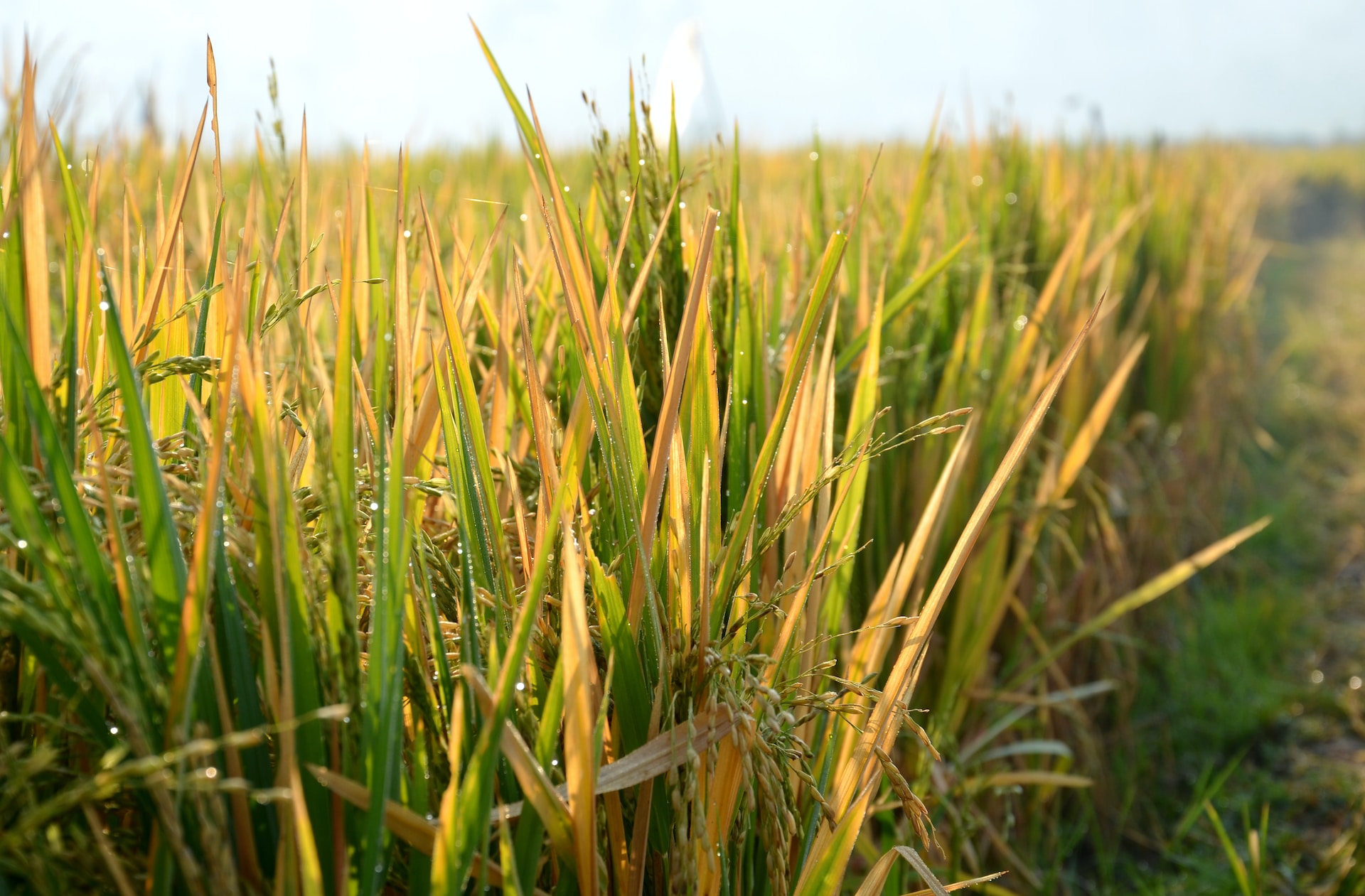Canada’s main cereal crops and their contribution to the local economy
Which crops are considered strategically important to Canada
Cereal crops and their production are an important industry for Canada. It provides people with stable jobs and boosts the country’s economy. Over three years, crop production has added 69 billion Canadian dollars to the budget. The figure shows the economic impact in general terms. It considers more than just the industry’s net income. It also includes the salaries and expenses of outsourced professionals. There is also sectors that support the entire chain, from cultivation to supply.
According to LMC’s 2022 report, crops such as wheat, barley, durum, and oats employ 370,000 jobs and 27 billion Canadian dollars in payroll costs.
Growing and selling these crops is vital to the country’s economic and food well-being. The grain industry provides jobs and allows the government to maintain its leading position in the global market as a significant exporter.
Grain production income
Experts estimate that the industry’s direct impact on the local economy amounted to some 25.9 billion Canadian dollars in monetary terms over three years. The immediate effect on wages and salaries is estimated at just over 9 billion Canadian dollars.
The country’s wheat income was estimated at 42.7 billion Canadian dollars. Barley — at 14.4 billion, and oats — at 4.2 billion. Wheat production employs the most significant number of people — 215,000. Barley is in second place with 102 thousand jobs and 22 thousand for oats.
Revenue from milling production amounted to about 7.3 billion Canadian dollars. It employs 19.1 thousand people. As for flour processing, it requires 91 thousand jobs and the income from this sector is estimated at almost 14 billion dollars.
Wheat and barley are the main local crops in cultivation and cultivated area. These crops provide the necessary raw materials for the country’s two important food industries — baking and brewing. The fact is that Canada has a solid culture of bakeries and private breweries. These small businesses are significant contributors to the local economy.
The USDA forecasts wheat production for the 2022-2023 marketing year at 33.8 million tonnes. It’s 52% higher than in the previous period. Experts note that crop cultivation in the country is increasing yearly primarily due to increased planted acreage. In addition, Canadian farmers regularly improve production technologies and try new approaches to improve efficiency.
